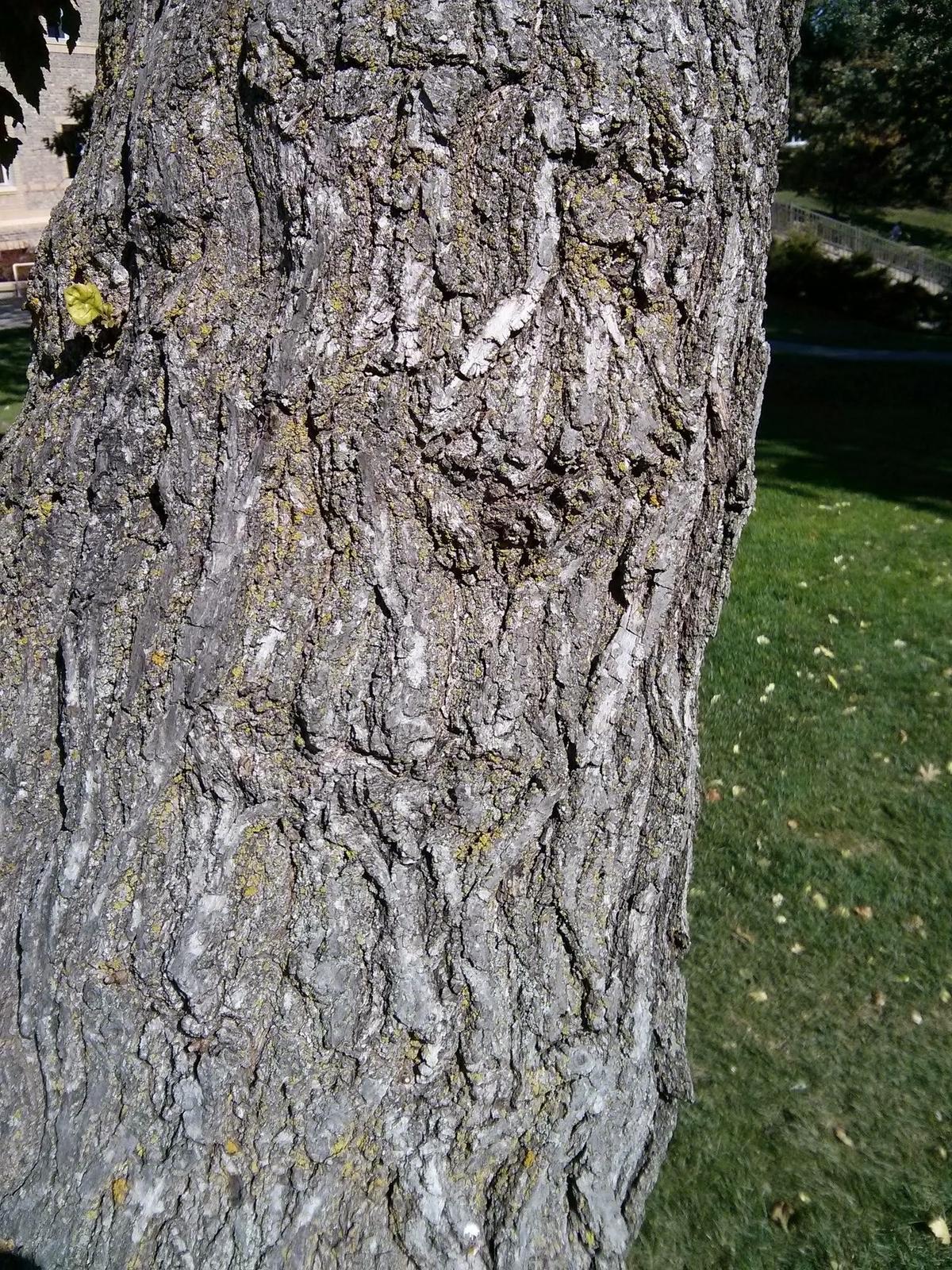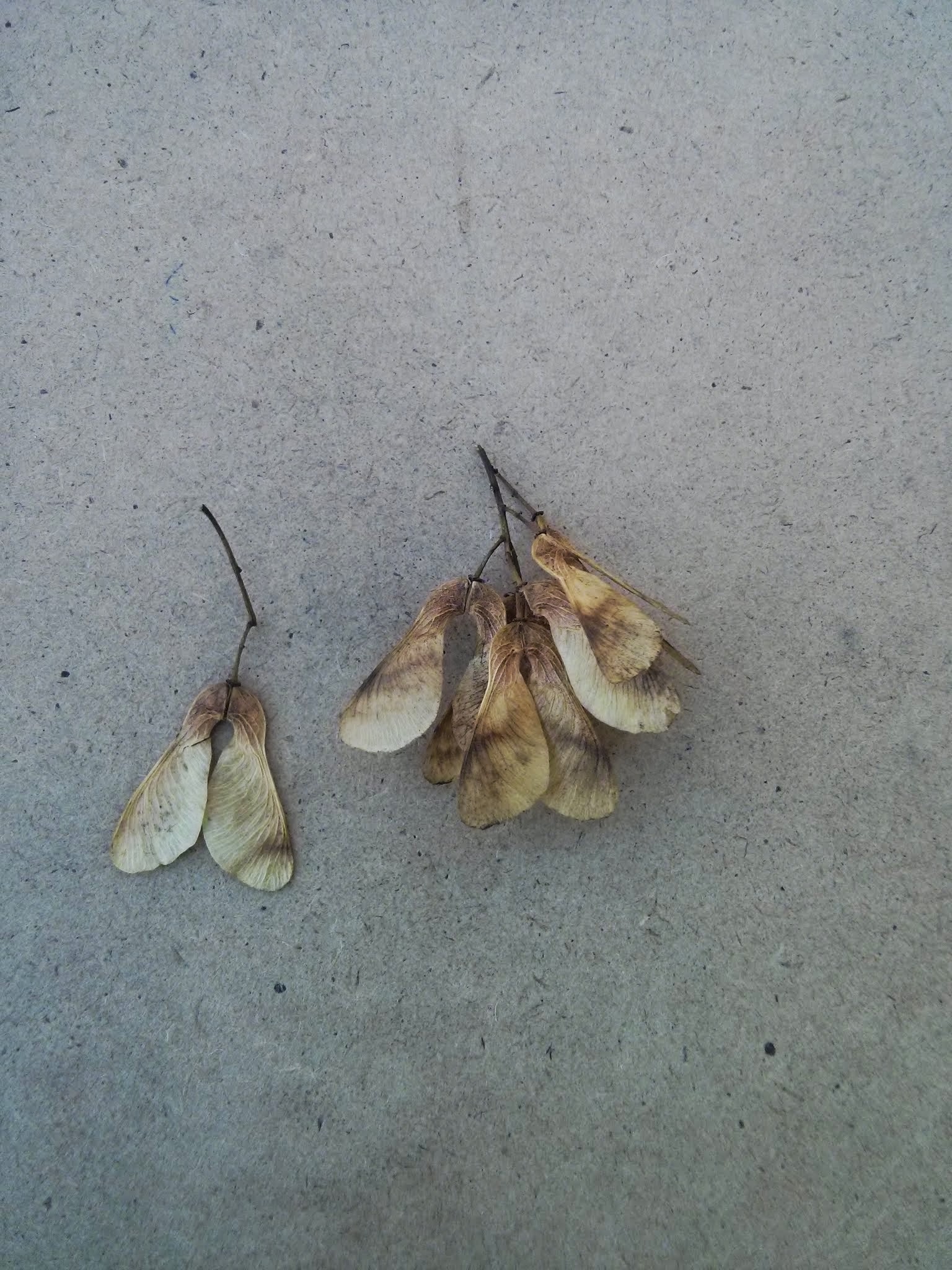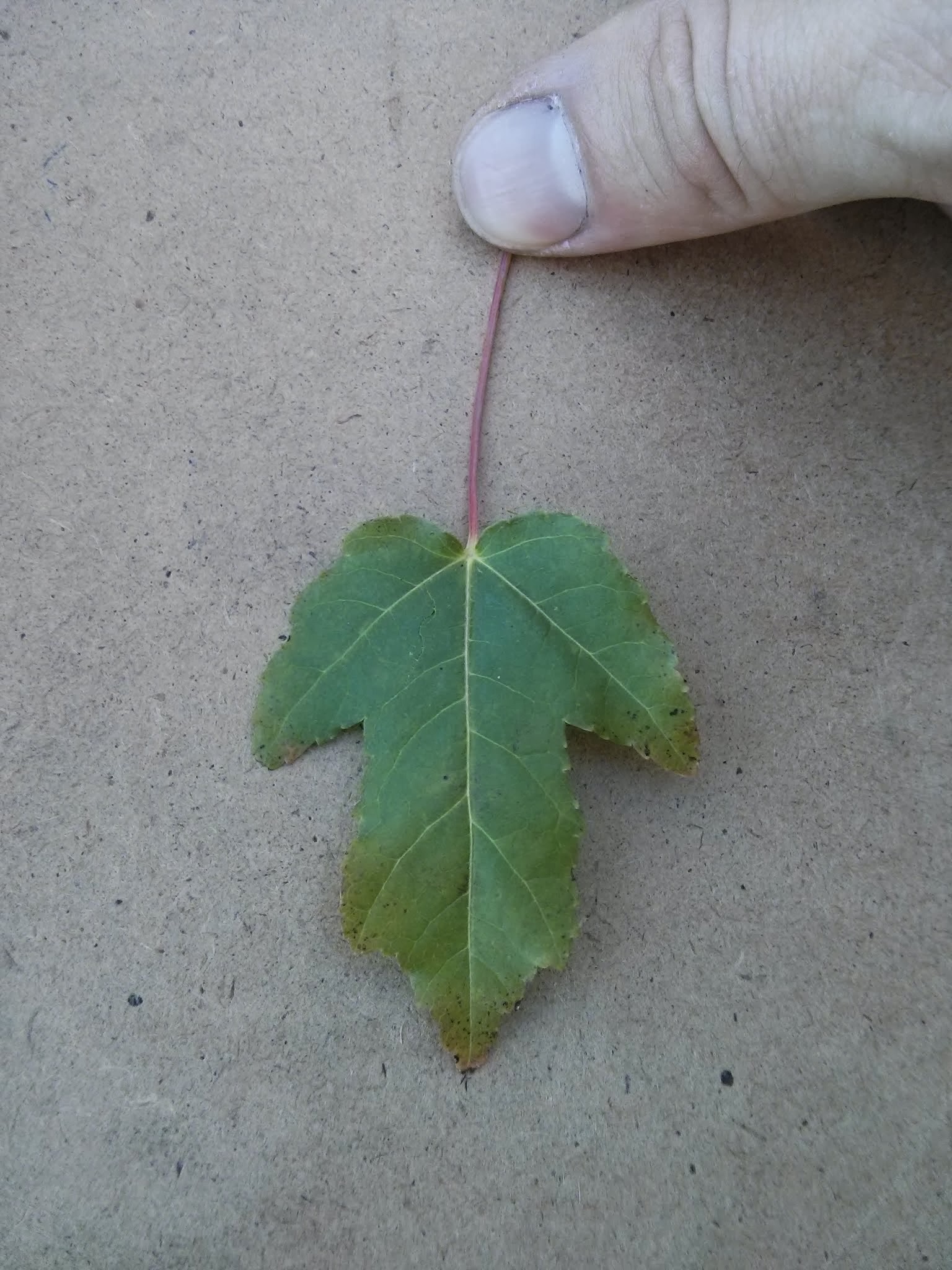This plant is **invasive** in Minnesota. Do not plant.
Common Name: Amur maple
Scientific Name:
Family: Sapindaceae (Aceraceae)
Genus: Acer
Species: A. ginnala
Hardiness Zone: 2 to 8
Height: 15 to 20 ft
Width: 15 to 20 ft
Common Characteristics:
Amur maple can be distinguished by its reddish-brown buds. Its leaves are 3 lobed, have serrated margins, and are a dark green color in the summer turning orange, red, and yellow in the fall. Fragrant yellow-white flowers are produced in the early spring and red to brown paired samaras form in late summer and are dispersed by the wind. One tree can produce up to 5,000 samaras, displacing native shrubs and trees. The bark is gray and smooth on younger trees, turning fissured or striped with age.
Where it Grows:
Amur maple prefers moist, well-drained soil but can tolerate occasional droughts and alkaline soils. This tree prefers full sun. In prairies, it can overtake native plants, disrupting the ecosystem for other plants and animals.
How it's Used:
This tree is not recommended for landscaping due to its invasiveness.
Ecosystem Services:
Flowers attract insect pollinators.
Where it is Native To:
Amur maple is native to China, Siberia, Korea, and Japan.
Known Varieties and Their Traits:
Beethovan™ Amur maple (Acer ginnala 'Betzam'): This cultivar has a narrow, columnar habit; yellow-red fall color, and red fruit.
Flame Amur maple (Aer ginnala 'Flame'): Red fruit and flame-red fall color.
Problems:
There are no serious problems with insects or diseases yet verticillium wilt, stem canker, leaf spots, tar spot, and anthracnose may occur.
Notes: This species is currently listed as invasive; for more information visit the DNR's Amur maple page.
References:


